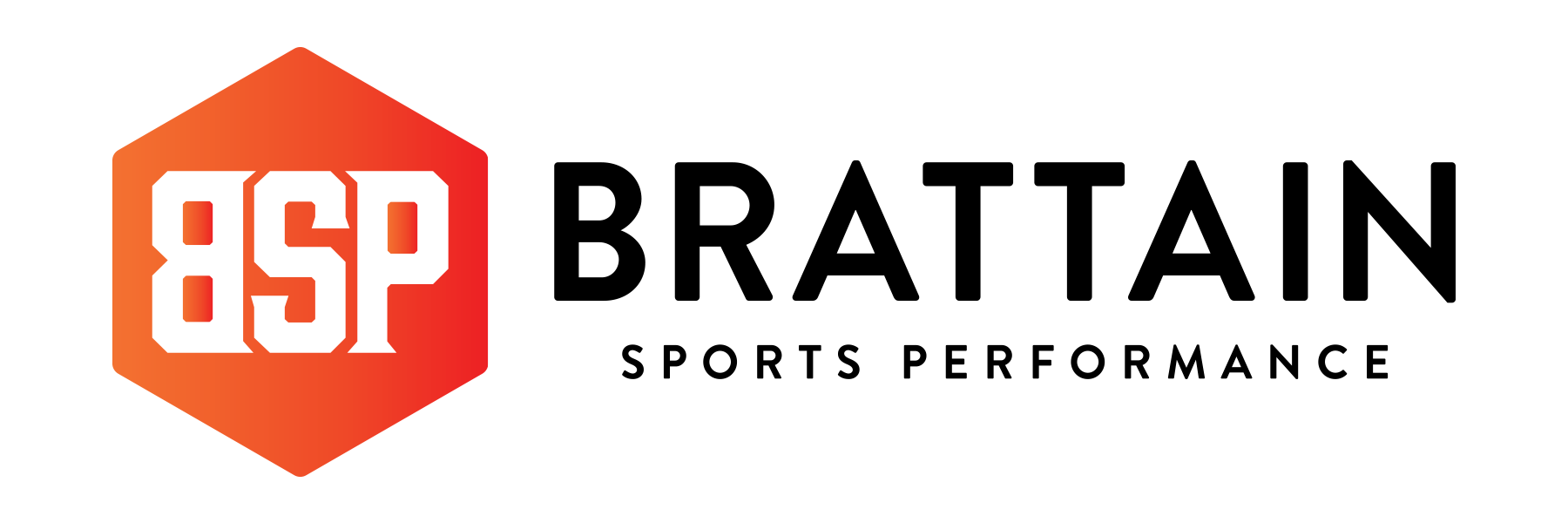Making the Most of Your Volleyball Offseason
The volleyball season tends to be very long and demanding with little time to train in between. Most of our volleyball athletes will begin club season in February and compete until May. At that point our high school athletes will begin off-season conditioning, leading up to their school competition season starting in August and running through November. This leaves very little time to get away from the court in order to recover, refocus, and prepare for the next season.
With this being said, we must make the most of our time with our volleyball athletes. We can assume a few goals that each athlete will verbalize: increased vertical jump, quicker movements (First Step), and a stronger core. Besides these there are a few that we as coaches place added focus on in order to improve the durability of our athletes: 1. Improved posterior shoulder strength and 2. Improved ankle and hip mobility.
We must attack each of these goals from multiple avenues. It is also important to note that each athlete will need a much different approach. No two athletes go about achieving the same goal in the same ways.
Returning to the main idea, many of the motivating factors for the goals will come down to two things: the athlete wants to move faster and jump higher.
For a young middle or high school athlete, in order to achieve both of these goals I would recommend two things: 1. Get stronger and 2. Jump more often.
Improved Strength
Strength training should be one of the main focal points for athletes at this age. Being stronger is always a good thing, however, that is not the end of this discussion. Strength training is also key in motor unit recruitment and coordination. Motor units make up each muscle. Millions of these units must work together in order to create movement. As athletes strength train they improve the efficiency of the muscular system so the motor units work more efficiently and effectively.
Strength training is also important because this helps athletes to be more efficient in movement patterns and conserve energy. As an athlete’s strength improves they are able to create more force in movement. As their maximal force output improves, their effort required for movement is decreased because, it now takes less of the muscle/ motor units to make the same movement. This allows the body to conserve energy as the practice or competition goes on.
Increased Vertical Jump
To improve the vertical jump within middle and high school athletes my first recommendation is to jump more often. This can be a broad recommendation so let me be a little more specific.
Jump as high as you can more often.
Volleyball is a sport comprised of short movements and multiple jumps. However, these jumps are all done at sub-maximal effort. This would be similar to asking sprinters to sprint at sub-maximal effort then expect them to run faster due to this training. If you follow my work at all you know this is WRONG. By the same idea, volleyball players need exposure to maximal height jumps. They also need exposure to jumps with varied approaches and transition movements. No two jumps will be the exact same. They may have to start from a different spot on the court, or adjust their approach to the set, or even enter the jump from another movement. All of these variables adjust what will happen when the athlete begins the initial movement of the jump. By practicing each of these things we can prepare the athlete for similar competition situations.
VOLLEYBALL PLAYERS AND PARENTS, your off-season is very short. Be sure to make the most of it. Partner yourself with coaches and trainers that will help you achieve your goals. The next 10 months will be built off this foundation.



